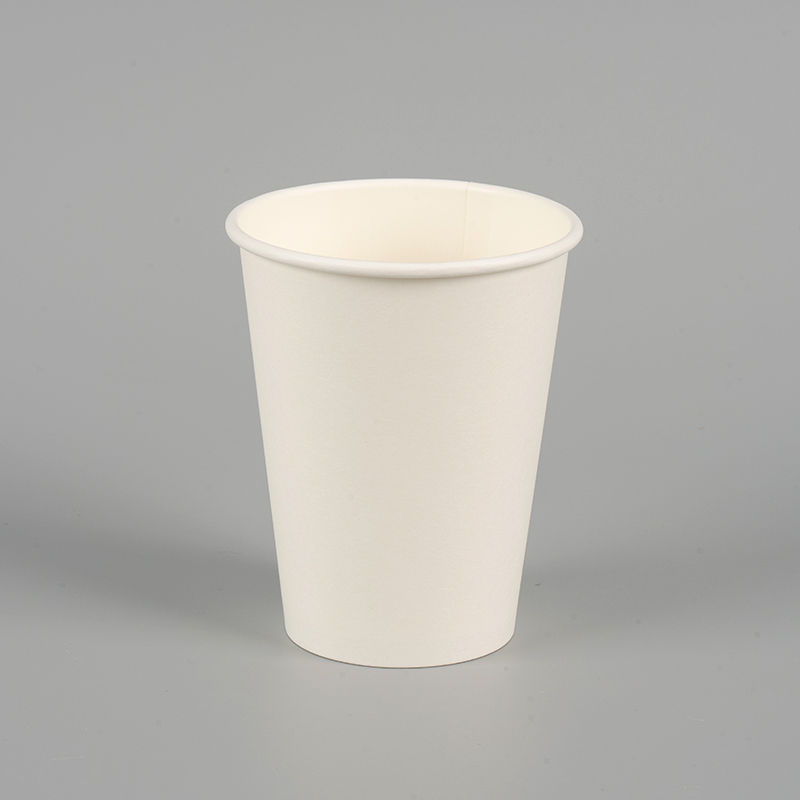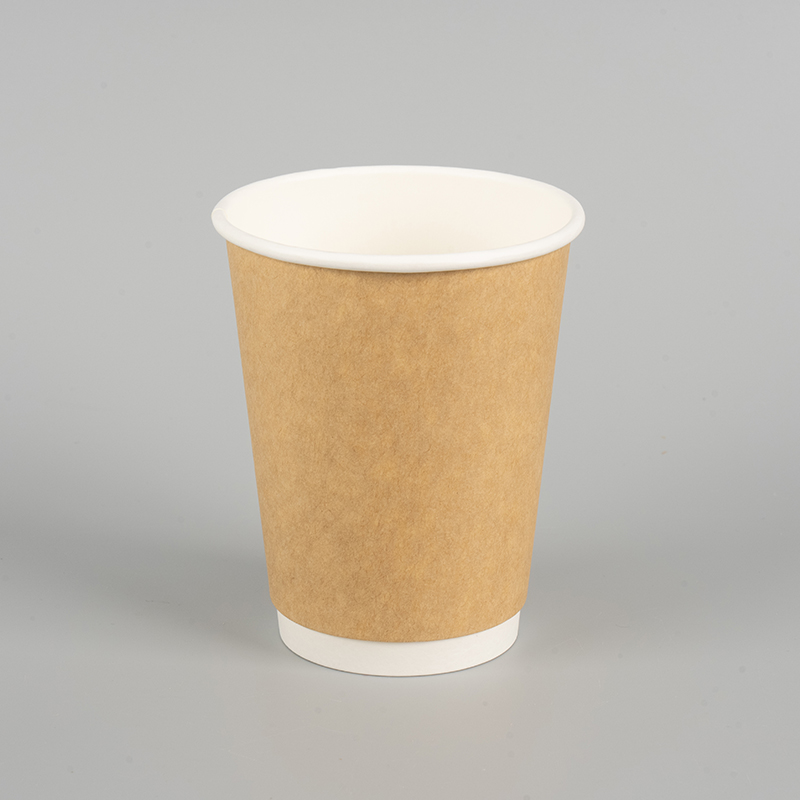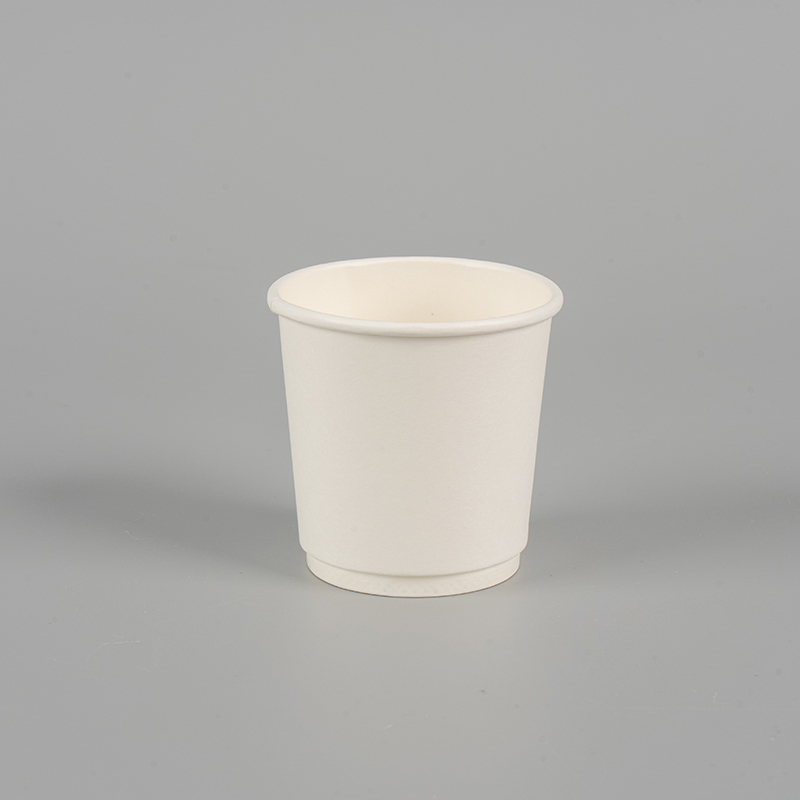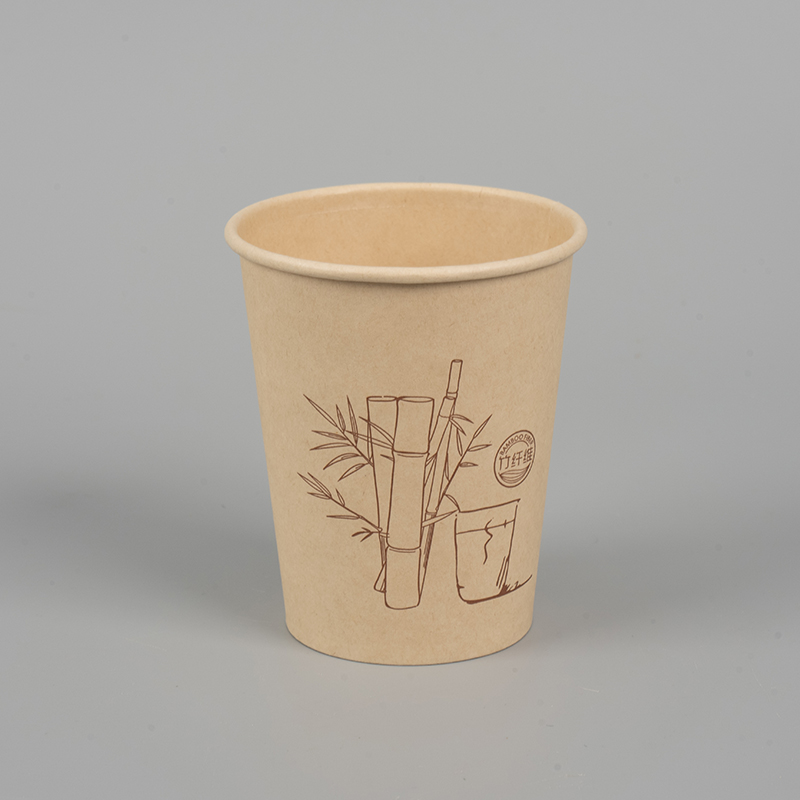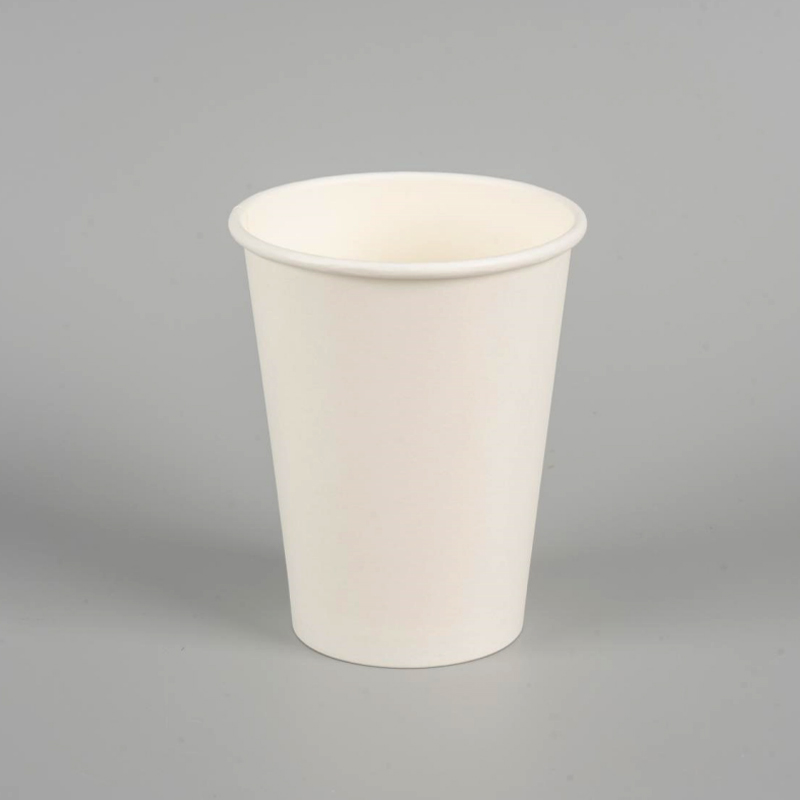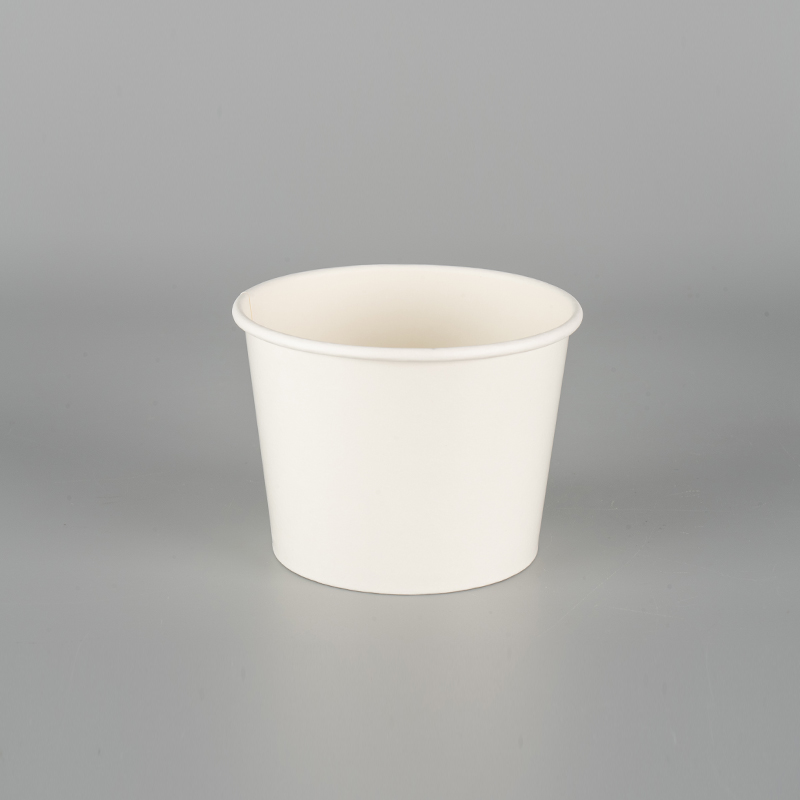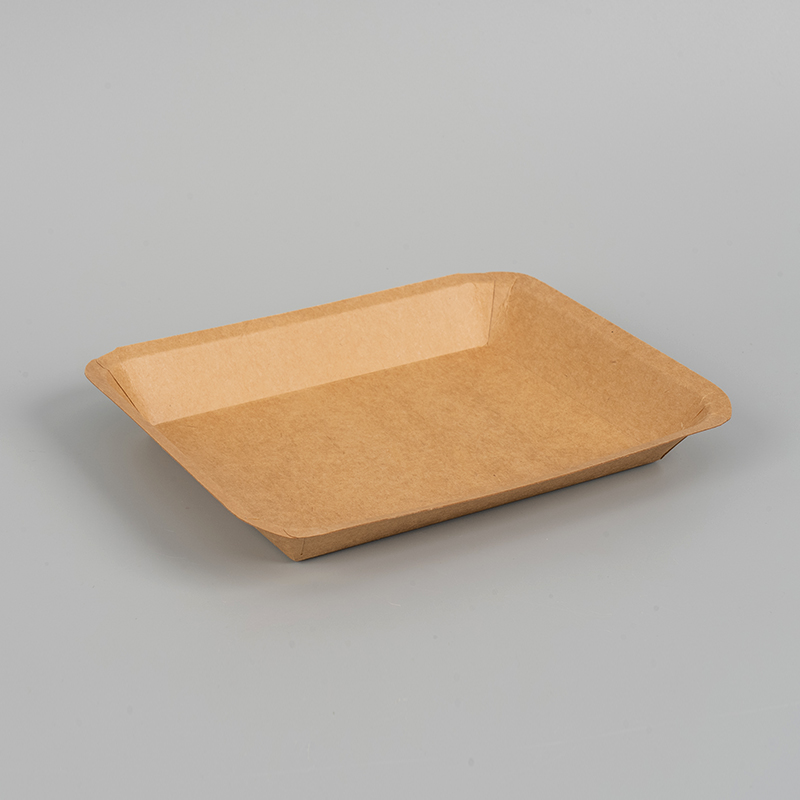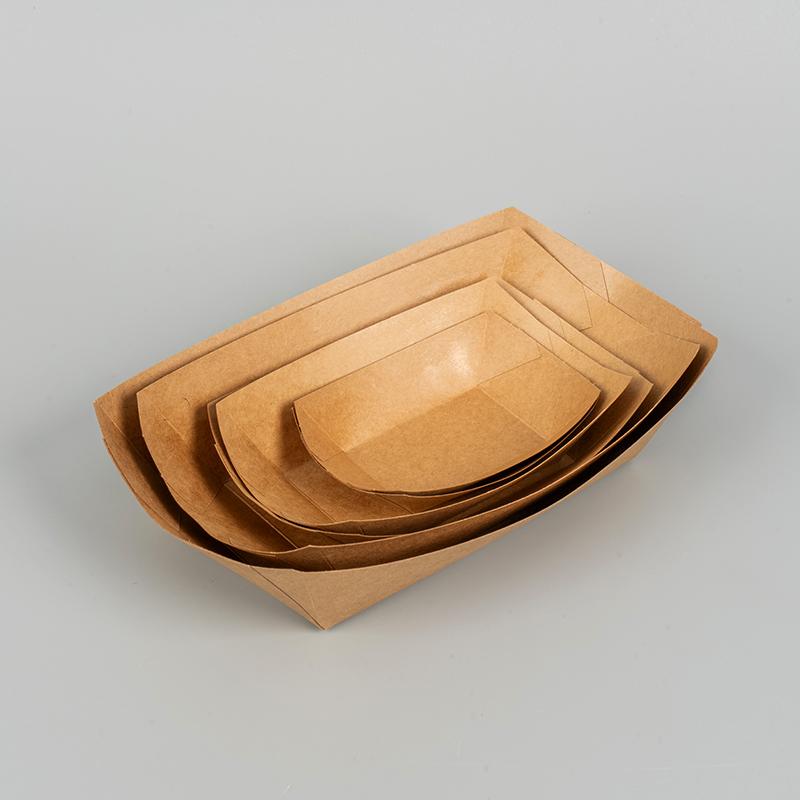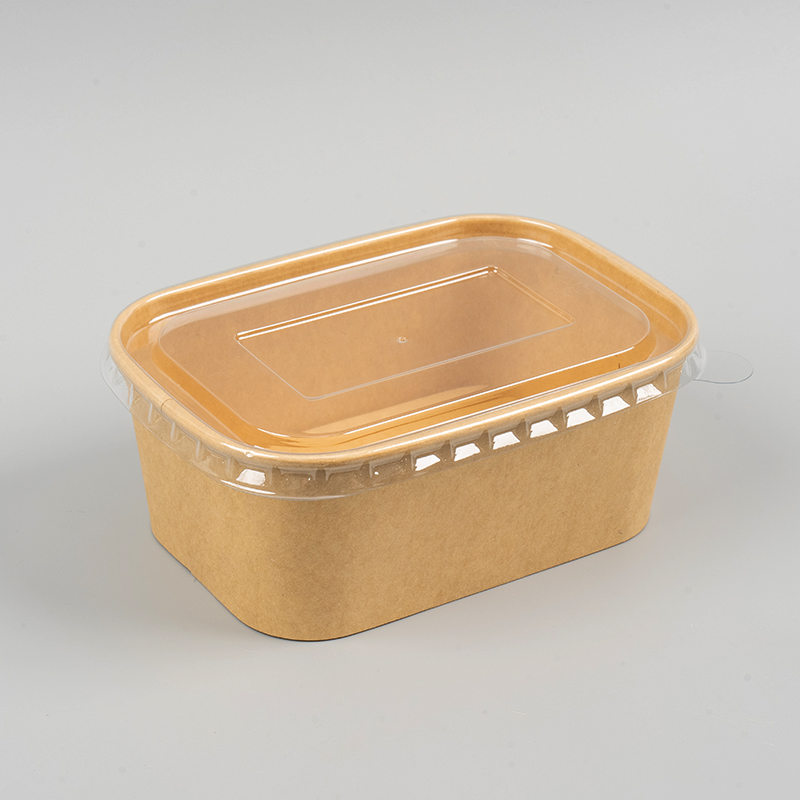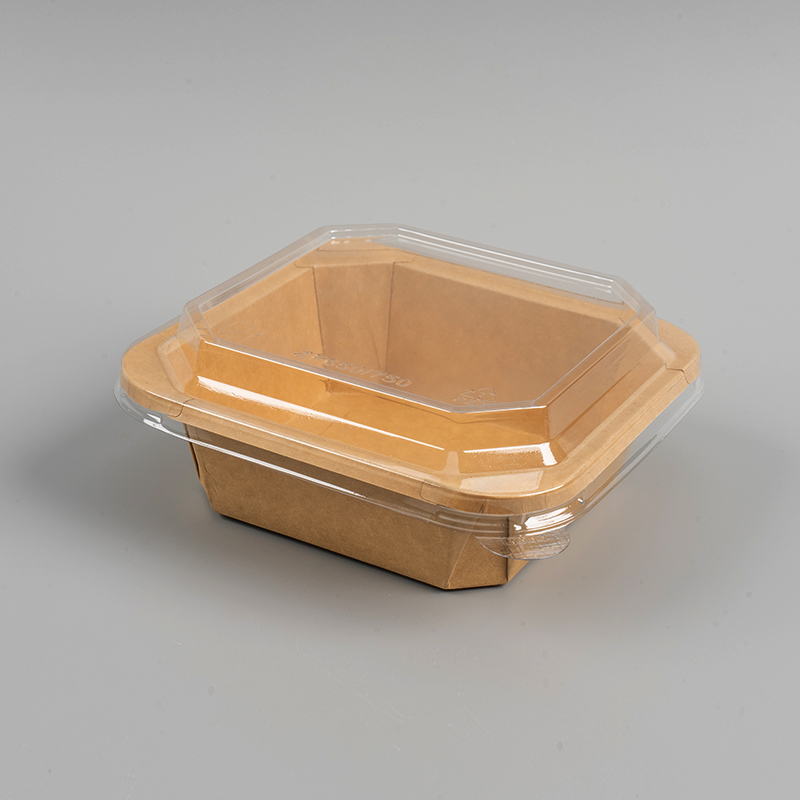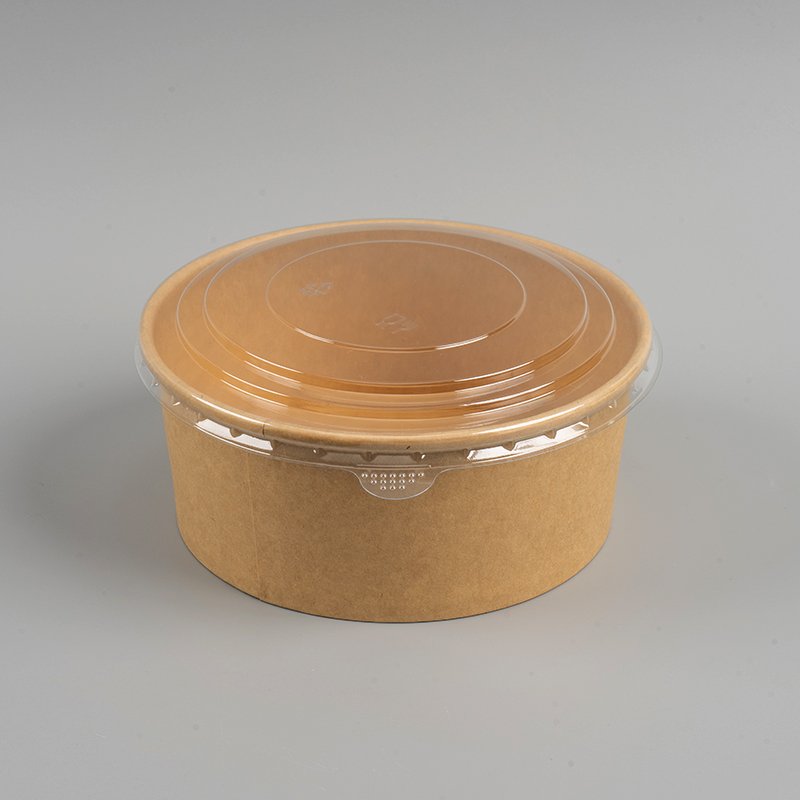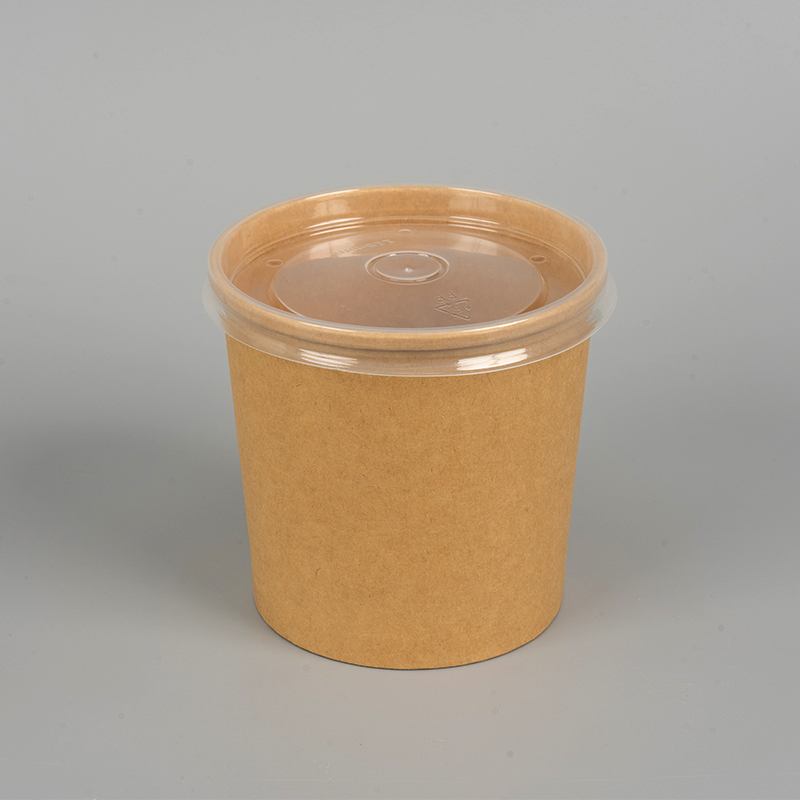How to prevent the pattern from fading or migrating in hot drinks when printing on paper bowls
As a food contact packaging container, the external pattern of the paper bowl not only carries the brand image, but also undertakes the functions of user experience and information transmission. When the paper bowl is used in high-temperature food scenes such as hot drinks and hot soups, if the printed pattern fades, falls off or migrates, it will directly affect the safety and aesthetics of the product. In view of the pattern stability problem in the hot drink scene, the selection of printing materials, process control, and post-processing links become key influencing factors.
The selection of food-grade ink is the basic guarantee
Paper bowl printing must use food contact safety ink, which complies with relevant regulations such as FDA, EU 10/2011, GB 9685, etc. Common types of food-grade inks include water-based inks, UV curing inks, and plant-based inks. Among them, water-based inks have the advantages of low volatility, no heavy metals, and no benzene solvents, and are the mainstream choice for printing patterns on the outer layer of paper bowls.
Water-based inks form a stable suspension system by dispersing pigments in water-based resins, and form a firmly attached film layer after drying, which has good resistance to hot water, grease, and alcohol. Compared with traditional solvent-based inks, it has a lower risk of migration, and the printed pattern is more suitable for high-temperature use scenarios.
The printing process determines the adhesion strength of the pattern
The outer layer of paper bowls is usually made using flexo printing (Flexo Printing) or offset printing (Offset Printing) technology. Flexo printing is suitable for medium and large batches, moderate pattern precision products, high ink transfer efficiency, and fast drying speed; offset printing is suitable for high-precision image performance, but requires a smoother paper surface.
During the printing process, controlling the printing pressure, screen line count, ink viscosity and drying temperature is the key to ensuring the firmness of the pattern. Before printing, the paper needs to be properly surface treated, such as coating or pre-glazing, to improve the ink adhesion performance. The drying process needs to ensure that the ink is fully cured to avoid "false drying" that causes fading or dissolution in the later stage.
Glazing treatment improves friction resistance and heat resistance
After the paper bowl is printed, it is often treated with varnishing (Varnishing) or lamination (Lamination) for surface protection. Glazing refers to the uniform coating of a layer of water-based varnish or UV varnish on the outside of the printed layer to form a transparent protective film to improve scratch resistance, water resistance and thermal stability.
Water-based varnish is a common solution with good environmental protection and is suitable for food contact packaging. UV varnish has a fast curing speed and high gloss, which is suitable for brand packaging with high color requirements, but some formulas may produce odor or slight discoloration under high temperature conditions, so food-grade products must be selected.
The glazing layer not only enhances the wear resistance of the pattern, but also effectively prevents water vapor penetration during hot drink contact to cause ink migration, thereby extending the service life of the paper bowl and the durability of the printing.
Thermal migration test ensures product compliance
After the paper bowl is printed, it must pass professional thermal migration and heat resistance tests to verify its stability in the hot drink use environment. Common testing methods include:
Hot water resistance test: Put the finished paper bowl into 90℃ hot water for 15-30 minutes to observe whether the printed layer fades, falls off or penetrates.
Friction test: Simulate the friction state of hand holding, detect the wear resistance of the pattern, and evaluate the color retention.
Migration test: According to the food contact material standards, such as GB 31604 series, evaluate whether the ink migrates to the food side or the user's hand.
Through the above test methods, it is ensured that the printed pattern does not undergo chemical changes, does not contaminate food, and does not cause health risks to consumers under high temperature and hot drink conditions.
The enhanced effect of surface coating on pattern protection
In addition to glazing, some high-end paper bowl products use PE coating or PLA coating to encapsulate the printed layer to form a more rigorous graphic protection structure. This type of lamination process sandwiches the pattern layer between the paper and the coating to prevent the layer from being directly exposed to the outside air and water vapor, fundamentally reducing the risk of pattern fading caused by hot drinks.
PE coating has high heat resistance and is suitable for hot drink applications, but it is less environmentally friendly; PLA coating is environmentally friendly and degradable, and is widely used in markets with strict environmental regulations such as the European Union. Depending on the product positioning, you can choose single-sided or double-sided lamination, while taking into account printing protection and product functionality.


 中文简体
中文简体